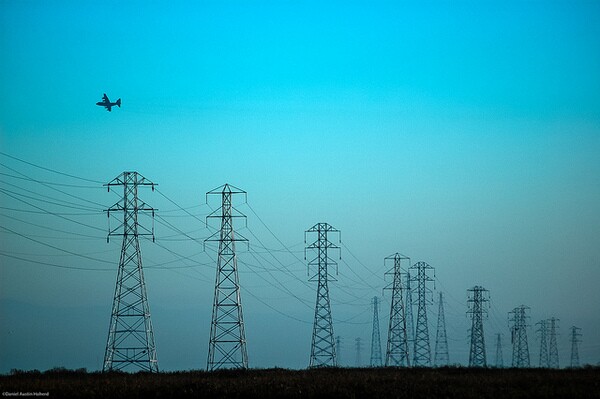Summer Power Stayed on Despite Drought, Fires, Closed Nuke

The agency that operates California's power grid is reporting that this past summer saw no major outages in the state despite frequent heat waves that boosted power consumption during peak periods.
The hot summer was the third in which the state has been deprived of power from the shuttered San Onofre nuclear power plant, leaving Southern California with about 2,200 fewer megawatts of power generating capacity. According to the California Independent System Operators (CaISO), which operates the power grid in most of California and a portion of southern Nevada, California's record drought cut output from the state's hydroelectric plants by another 1,628 megawatts.
But despite those shortfalls and wildfires that threatened transmission lines near San Diego, California stayed powered up this summer -- and much of the credit goes to the state's increased renewable energy capacity, which set output records this summer.
"No matter the conditions, CaISO's main objective is to keep the power flowing to the nearly 30 million consumers we serve," said CaISO Vice President Eric Schmitt. "We had challenging drought conditions that limited hydro electricity production, hotter than normal temperatures and wildfires that threatened high-voltage power lines. Yet, grid operators working round the clock overcame those challenges to maintain reliability."
A series of wildfires in San Diego County in mid-May threatened local transmission lines, but didn't end up cutting off power. Fires elsewhere in the state posed no threat to power lines.
And California's more than 15,000 megawatts of renewable energy plants connected to the grid more than made up for the deficit from San Onofre and drought-stricken large hydroelectric plants. California's 5,900 megawatts' worth of wind turbines hit a record output of 4,768 megawatts on April 12, while the state's 5,500 or so megawatts of grid-tied solar fed a record 4,903 megawatts of solar power into the grid on September 29. (That's not counting power from the state's 3,000 megawatts or so of rooftop solar not tied directly to CaISO's grid.)
California's peak moment of power consumption for the year came at 4:53 p.m. on September 15, when our air conditioners and washing machines and server farms and refrigerators consumed a total of 45,090 megawatts. That's a bit lower than the peak for the last two years, and some 5,000 megawatts less then the state's all-time record of 50,270 megawatts of demand, set on July 24, 2006.
The state did set some demand records this year, though. The heat wave that hit the South Coast in mid-september pushed San Diego Gas &; Electric's demand to a record 4,895 megawatts on September 16. That's more than twice the output of San Onofre, back when it was running.


